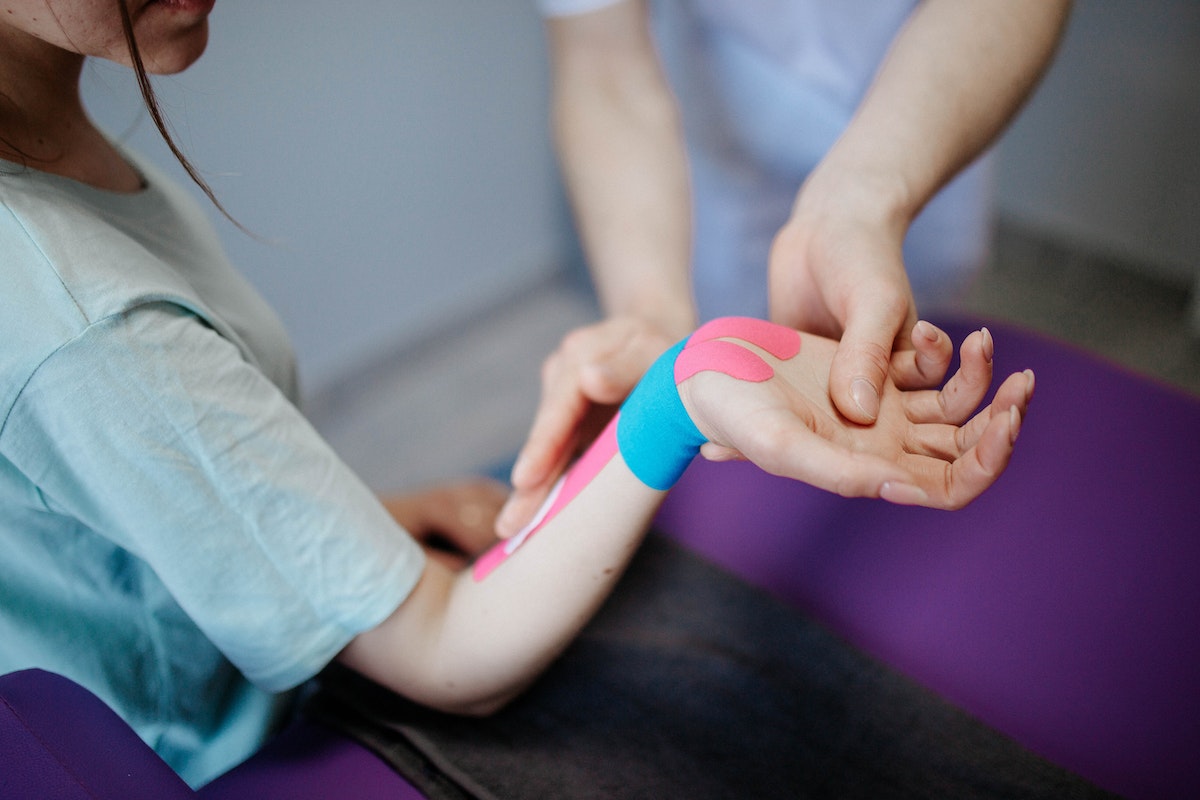Introduction
Pain on the top of the hand and wrist can be a troublesome and limiting issue, as these areas are essential for performing various everyday activities. The hand and wrist are complex structures composed of bones, tendons, ligaments, and nerves, making them susceptible to a range of injuries and conditions that can lead to pain and discomfort. Understanding the causes, symptoms, methods of diagnosis, and treatment options for pain on top of the hand and wrist is crucial for managing the condition and restoring optimal hand function. In this comprehensive article, we will explore the common causes, symptoms, diagnostic methods, and effective treatments for pain on top of the hand and wrist.
Anatomy of the Hand and Wrist
- Hand: The human hand is an intricate structure consisting of 27 bones, including the carpal bones, metacarpal bones, and phalanges. These bones work in tandem with muscles, tendons, and ligaments to facilitate a wide range of movements and functions, such as gripping, grasping, and fine motor tasks.
- Wrist: The wrist is a complex joint connecting the hand to the forearm. It is formed by the articulation of the radius and ulna (forearm bones) with the eight carpal bones. Ligaments and tendons surround the wrist joint, providing stability and allowing for movements like flexion, extension, and rotation.
Causes of Pain on Top of Hand and Wrist
- Tendonitis: Tendonitis refers to inflammation of the tendons, which are tough bands of tissue connecting muscles to bones. Inflammation in the tendons on top of the hand and wrist can result from overuse or repetitive movements, leading to pain and discomfort.
- Carpal Tunnel Syndrome (CTS): CTS occurs when the median nerve, which runs through the carpal tunnel in the wrist, becomes compressed or irritated. The condition can cause pain on top of the hand and wrist, along with tingling and numbness in the thumb, index, middle, and half of the ring finger.
- De Quervain’s Tenosynovitis: De Quervain’s tenosynovitis is characterized by inflammation of the tendons on the thumb side of the wrist. The condition causes sharp pain on top of the wrist, near the base of the thumb, and can be aggravated by gripping and twisting motions.
- Fractures and Sprains: Fractures of the hand or wrist bones, such as the metacarpals or scaphoid, can lead to localized pain on top of the hand. Additionally, sprains of the ligaments in the wrist can cause similar pain and discomfort.
- Ganglion Cysts: Ganglion cysts are non-cancerous lumps that can form on top of the hand or wrist. While often harmless, these cysts can press on nearby structures, leading to pain and discomfort.
- Arthritis: Various types of arthritis, such as rheumatoid arthritis or osteoarthritis, can affect the joints in the hand and wrist, leading to pain, swelling, and stiffness.
- Nerve Compression or Entrapment: Nerves in the hand and wrist can become compressed or entrapped, causing pain and tingling sensations on the top of the hand.
Symptoms of Pain on Top of Hand and Wrist

The symptoms of pain on top of the hand and wrist may vary depending on the underlying cause but often include:
- Sharp or dull pain on top of the hand or wrist
- Pain worsens with specific movements or activities
- Swelling, tenderness, or redness around the affected area
- Reduced grip strength or limited range of motion
- Tingling or numbness in the fingers or thumb
- Weakness in the hand and wrist
- Visible lumps or swelling on top of the hand or wrist
- Pain that radiates to the forearm or fingers
Diagnosis of Pain on Top of Hand and Wrist
Diagnosing the cause of pain on top of the hand and wrist involves a comprehensive evaluation by a healthcare professional. The diagnostic process may include:
- Medical History: The doctor will inquire about the onset and duration of the pain, any previous injuries or medical conditions, and any specific activities that aggravate or alleviate the pain.
- Physical Examination: The doctor will examine the hand and wrist, assessing for signs of swelling, tenderness, redness, and range of motion. They may also perform specific tests to evaluate nerve function and the integrity of the ligaments and tendons.
- Imaging Studies: X-rays can help identify fractures, joint abnormalities, or signs of arthritis. Magnetic resonance imaging (MRI) or ultrasound may be used to visualize soft tissue injuries, such as tendonitis or ganglion cysts.
- Nerve Conduction Studies (NCS) and Electromyography (EMG): These tests may be conducted to assess nerve function and identify nerve compression or entrapment, as seen in carpal tunnel syndrome.
Treatment Options for Pain on Top of Hand and Wrist
- Rest and Immobilization: Resting the hand and wrist and immobilizing them with a splint or brace can help alleviate pain and promote healing, especially in cases of tendonitis or sprains.
- Ice and Heat Therapy: Applying ice packs to the affected area for 15-20 minutes several times a day can reduce inflammation and pain. After the acute phase, heat therapy can improve blood flow and promote healing.
- Medications: Over-the-counter nonsteroidal anti-inflammatory drugs (NSAIDs) can help manage pain and reduce inflammation. In more severe cases, a healthcare provider may prescribe stronger medications.
- Physical Therapy: A physical therapist can design a personalized exercise program to improve hand and wrist strength, flexibility, and stability. They may also use therapeutic modalities to reduce pain and promote healing.
- Corticosteroid Injections: In cases of significant inflammation or pain, a corticosteroid injection may be administered into the affected area to reduce inflammation and provide relief.
- Surgical Intervention: For certain conditions, such as carpal tunnel syndrome or ganglion cysts that do not respond to conservative treatment, surgical intervention may be necessary to relieve compression and alleviate pain.
- Lifestyle Modifications: Making lifestyle adjustments, such as avoiding repetitive movements, using ergonomic tools, and taking regular breaks during activities that strain the hand and wrist, can prevent exacerbation of the condition.
Conclusion
Pain on top of the hand and wrist can significantly impact daily life and limit hand function. Understanding the potential causes, recognizing the symptoms, seeking timely medical attention, and implementing appropriate treatment are crucial for managing pain and restoring optimal hand and wrist function. Whether the pain is due to tendonitis, carpal tunnel syndrome, fractures, or other conditions, addressing it early is vital for successful recovery and maintaining hand health. By adopting preventive measures and making lifestyle changes, individuals can reduce the risk of developing pain on top of the hand and wrist and enjoy pain-free hand function throughout their lives.


